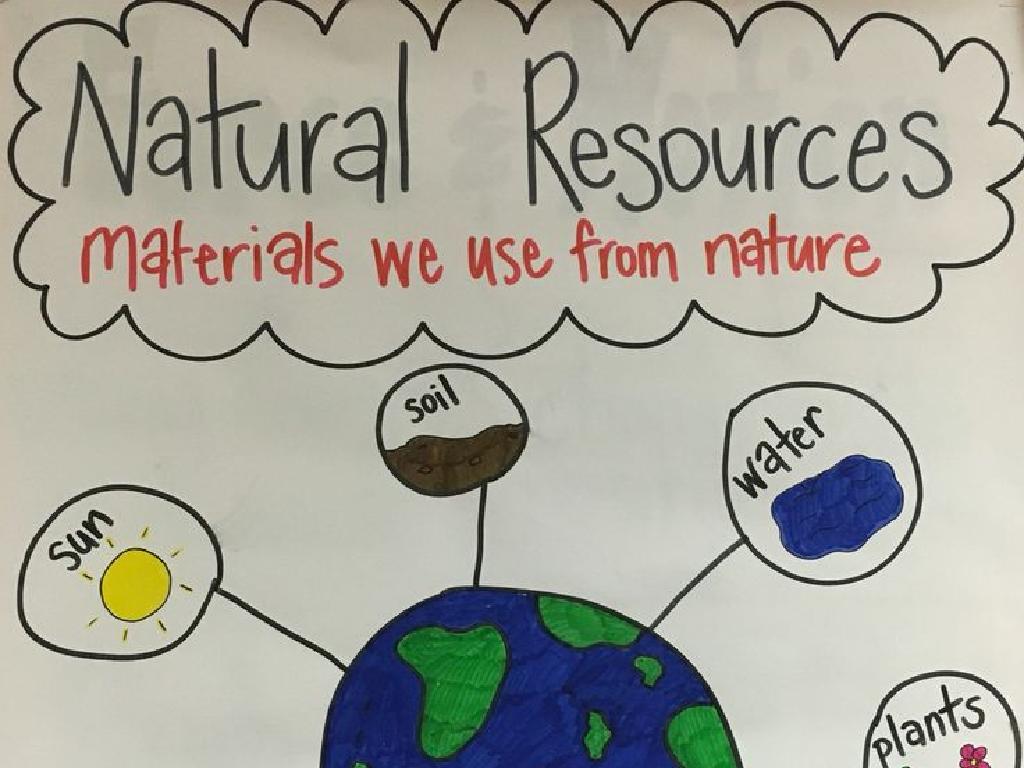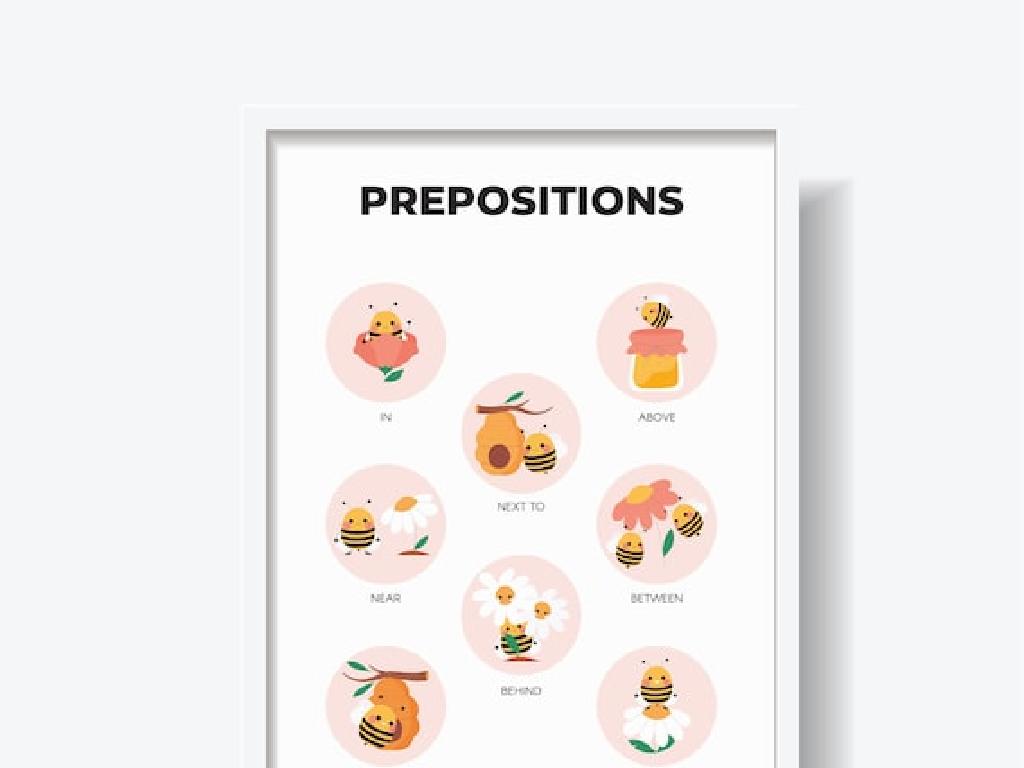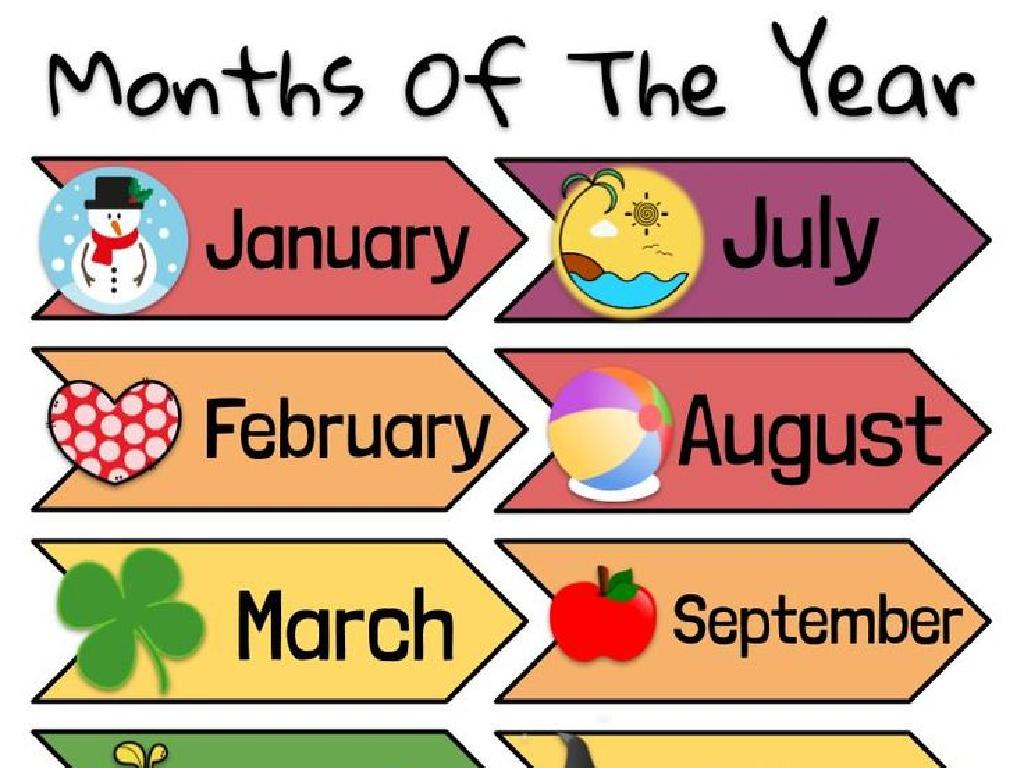Middle Colonies: Founding And Government
Subject: Social studies
Grade: Seventh grade
Topic: Colonial America
Please LOG IN to download the presentation. Access is available to registered users only.
View More Content
Exploring the Middle Colonies
– Middle Colonies: A Melting Pot
– Known for diverse populations and religions.
– Foundations of Modern America
– Early settlements influenced today’s cultural & political landscapes.
– Characteristics of Middle Colonies
– Rich in agriculture, known as the ‘Breadbasket colonies’.
– Governance in the Middle Colonies
– Mix of democratic principles and British colonial policies.
|
This slide introduces students to the Middle Colonies as a unique and diverse region in early America. Emphasize the melting pot of cultures, religions, and ethnicities that characterized these colonies, setting the stage for the modern United States’ diversity. Highlight how the early governance and social structures of the Middle Colonies contributed to the foundations of America’s democracy and cultural identity. Discuss the economic strengths, particularly in agriculture, which earned them the nickname ‘Breadbasket colonies’. Lastly, explore the governance systems, which combined the colonists’ desire for democratic representation with the existing British colonial rule.
Founding of the Middle Colonies
– Founders of the Middle Colonies
– Various European groups for trade, religious freedom, and opportunities
– Dutch and English influences
– Dutch established New Netherland; English took control in 1664
– Key colonies: NY, NJ, PA, DE
– Major centers for trade, diversity, and early American culture
– Significance of these colonies
– Strategic ports, cultural diversity, and early democratic principles
|
This slide aims to introduce students to the origins of the Middle Colonies in the context of Colonial America. Emphasize the motivations behind the founding of these colonies, including economic prospects and the search for religious freedom. Highlight the transition of power from the Dutch to the English, and how this impacted the development of the region. Discuss the significance of New York, New Jersey, Pennsylvania, and Delaware, focusing on their roles as cultural melting pots, economic hubs, and for their early forms of self-government. Encourage students to consider how these factors contributed to the unique identity of the Middle Colonies within the broader context of the thirteen colonies.
Geography and Climate of the Middle Colonies
– Land and resources overview
– Fertile soil, navigable rivers, and forests
– Geography’s role in settlement
– Geography favored diverse settlements and economy
– Climate effects on life
– Mild climate with cold winters and warm summers
– Agriculture shaped by climate
– Climate allowed for a variety of crops, like wheat
|
This slide aims to explore how the geography and climate of the Middle Colonies influenced the founding, settlement, and lifestyle of the inhabitants. The fertile soil, abundance of rivers, and vast forests led to prosperous farming and trade. Settlement patterns were influenced by these geographical features, leading to a diverse economy and society. The climate, characterized by cold winters and warm summers, impacted daily life and dictated agricultural practices. The Middle Colonies became known as the ‘breadbasket’ for their significant grain production. Discuss how these factors contributed to the development of a stable and thriving economy in the Middle Colonies.
Economy of the Middle Colonies
– Diverse economic activities
– Farming, manufacturing, and trade thrived due to rich soil and diverse population.
– Known as ‘Breadbasket Colonies’
– They were called this because of their large exports of grains like wheat, barley, and oats.
– Significance of ports and rivers
– Waterways were crucial for transporting goods and connecting to international trade.
– Economic growth factors
|
This slide aims to give students an overview of the economic foundation of the Middle Colonies. Emphasize the diversity of the economy, which was not solely dependent on agriculture but also included manufacturing and trade. Highlight the nickname ‘Breadbasket Colonies’ to help students remember the significance of grain production. Discuss the role of natural resources, such as ports and rivers, which were instrumental in trade and transportation, leading to economic prosperity. Encourage students to think about how geography and natural resources can impact economic development. This will help them understand the interdependence of geography, resources, and economic growth.
Government in the Middle Colonies
– Colonial governments varied
– Some colonies had self-govt, others were royal or proprietary
– Quaker influence in Pennsylvania
– Quakers valued equality, which shaped PA’s governance
– Town meetings: a democratic practice
– Residents discussed and voted on local issues
– Early democratic principles
– These meetings laid the groundwork for American democracy
|
This slide aims to give students an understanding of the different types of government that existed in the Middle Colonies and how these systems were influenced by the beliefs of the settlers. Highlight the variety of colonial governments, including self-governing charters, royal colonies controlled by the crown, and proprietary colonies owned by individuals. Emphasize the Quaker’s role in Pennsylvania, where their values of equality and fairness influenced the colony’s governance. Discuss town meetings as a form of local government where community members could speak and vote on issues, reflecting early democratic principles that would later be fundamental to the American political system. Encourage students to think about how these early forms of government and democratic practices might influence our government today.
Cultural Diversity in the Middle Colonies
– Melting pot of cultures
– A mix of different ethnic groups and religions coexisted.
– Diversity’s impact on society
– Diversity led to unique social dynamics and collaboration.
– Religious tolerance introduction
– The idea that people of different faiths can live together peacefully.
– Practice of religious freedom
– Examples include varied church establishments and peaceful cohabitation.
|
This slide aims to highlight the rich cultural diversity of the Middle Colonies and its effects on the society. Emphasize how the blend of various ethnicities and religions coined the term ‘melting pot.’ Discuss how this diversity influenced social interactions, trade, and governance. Introduce the concept of religious tolerance, a revolutionary idea at the time, which allowed different religious groups to practice their faith openly. Provide historical context on how this practice was implemented in the Middle Colonies, setting them apart from others. Encourage students to think about the importance of diversity and tolerance in their own lives and in modern society.
Daily Life in the Middle Colonies
– Colonists’ roles and duties
– Farmers, artisans, and merchants; each had specific tasks.
– Education and family dynamics
– Home-schooling was common; family was a unit of stability.
– Recreation in colonial times
– Games like ninepins and quoits; leisure time was community-based.
– Social gatherings importance
– Social events were key for information exchange and bonding.
|
This slide aims to give students a glimpse into the everyday life of people in the Middle Colonies. Discuss the various roles and responsibilities of the colonists, highlighting the importance of farming, craftsmanship, and trade. Emphasize the centrality of family in education, as formal schools were rare and children were often taught at home. Illustrate recreational activities, such as popular games of the era, to show how colonists spent their free time and fostered community ties. Lastly, explain the significance of social gatherings, which served as crucial hubs for news, trade, and maintaining social bonds. Encourage students to compare and contrast colonial life with their own, fostering a deeper understanding of historical lifestyles.
Challenges in the Middle Colonies
– Land disputes with Native Americans
– Conflicts over territory and resources
– European power tensions
– Rivalries for control, e.g., Dutch vs. English
– Internal conflicts
– Disagreements among settlers
– Resolving conflicts
– Negotiations, laws, and agreements
|
This slide addresses the various challenges faced by the Middle Colonies, including land disputes with Native Americans, which often arose from differing views on land ownership and resource use. Tensions between European powers, such as the Dutch and the English, were fueled by competition for dominance in the New World. Internal conflicts within the colonies typically involved disagreements among settlers over political, religious, or economic issues. Highlight how these conflicts were addressed through negotiations, the establishment of laws, and various agreements. Encourage students to consider how these historical conflicts and resolutions have shaped the development of modern American society.
Class Activity: Colonial Town Meeting Role-Play
– Divide into groups by colony
– Role-play a town meeting
– Act out how colonists would discuss matters
– Discuss and decide on a local issue
– Consider resources, laws, and community needs
– Present your decision to the class
|
This activity is designed to immerse students in the historical context of the Middle Colonies by having them simulate a town meeting, a common practice in colonial governance. Each group will represent a different colony and will be given a local issue to discuss, such as land disputes, trade regulations, or community services. Encourage students to use historical thinking to consider the perspectives of various colonial stakeholders. After discussions, each group will present their collective decision to the class, reflecting on how colonial communities might have reached consensus on local matters. Possible issues for discussion: allocation of communal land, defense strategies against potential threats, or managing trade with Native American tribes. This will help students understand the complexities of self-governance and the importance of town meetings during the colonial era.
Reflecting on the Middle Colonies
– Recap of founding and government
– Significance of colonial history
– Understanding our past shapes our present and future.
– Imagine life in the Middle Colonies
– Consider daily life, work, and governance.
– Write a reflective paragraph
– Use your knowledge to express life back then.
|
As we conclude our lesson on the Middle Colonies, it’s important to reflect on the key aspects of their founding and government structures. Understanding the history of these colonies helps us comprehend the development of our own government and society. Encourage students to use their imagination and the facts they’ve learned to write a paragraph about what life might have been like during that era. This exercise will help them develop empathy and a deeper connection to the historical content. Ask them to consider the daily lives of different people, the types of work they did, and how they interacted with the government of the time.






